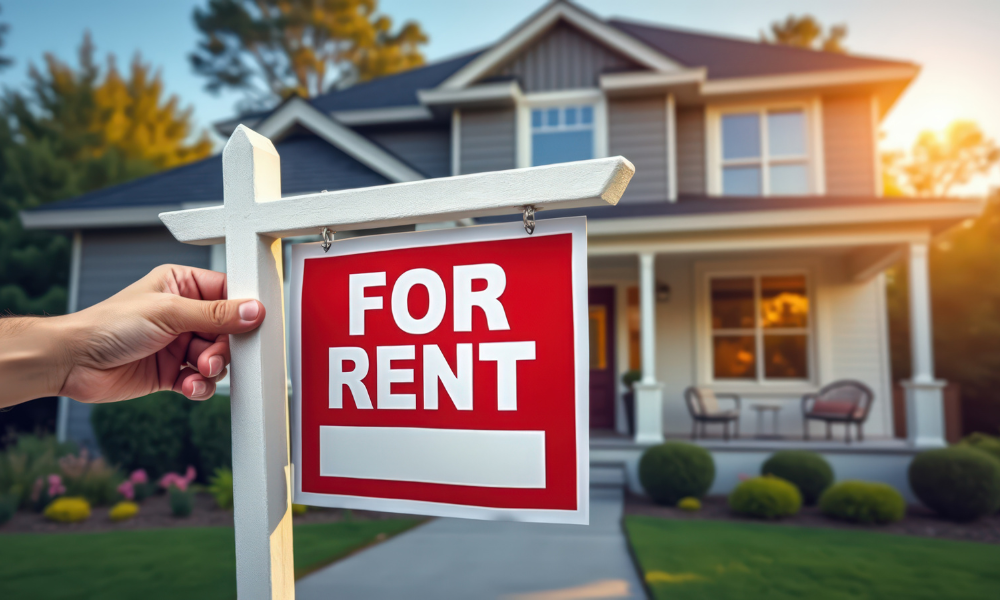Low-income households effectively locked out of private market, argues

The latest rental affordability snapshot from Anglicare Australia paints a grim picture for low-income households trying to access the private rental market.
Of 51,238 rental listings surveyed by Anglicare, only three were affordable for a single person on JobSeeker, and none for someone on Youth Allowance.
Just 0.1% and 0.3% of properties were affordable for single recipients of the Disability Support Pension or Age Pension, respectively.
Anglicare assessed affordability using realestate.com.au listings from March 2025. Rent was deemed affordable if it cost no more than 30% of a household’s income. Thirteen household types were analysed using government income figures and suitability standards based on household composition.
Despite a 13.6 percent increase in listings since 2024, affordability remained static or declined. The report argues that housing costs are the result of policy decisions, not a supply issue.
“The private rental market is simply impossible for Australians on low incomes,” reads the report. “This is not by accident. Many would say that because the housing market has become too expensive, it is broken. However, the truth simply is that the housing market is working exactly as it was designed to.”
Anglicare argues that choices made by governments over the last 40 years “have entrenched inequality in Australia’s private rental market”.
“Government divestment from providing housing has led to dwindling social housing supply as Australia’s population has grown. The prioritisation of private subsidies as a solution has done little to relieve the burden on Australians struggling to make ends meet.”
Older Australians also face challenges. Only 0.3% of listings were affordable for single Age Pensioners, most of which were rooms in a sharehouse.
“Without bold choices, inequality will only entrench further. It is time Australia chooses a future where every Australian can find a place to call home.”
Recommendations
The report recommends phasing out the capital gains tax discount over 10 years and ending negative gearing for new investors, arguing that these measures would generate revenue and remove incentives that drive up property prices.
It also calls for an overhaul of Commonwealth Rent Assistance. According to the report, despite costing $5.50 billion in 2023-24, the program fails to reach many low-income renters and leaves half of recipients in rental stress.
The report also urges the government to re-enter the housing market directly. It recommends building 25,000 new public and social homes annually over the next two decades.
Current targets fall short, with only around 3,000 social homes added per year. Anglicare argues that increasing generic housing supply alone will not improve affordability without dedicated investment in social housing.
Party policies not up to scratch
Anglicare will be hard pressed to find much to cheer about in either of Australia’s major political parties’ policies. Economists believe both manifestos will lead to higher property prices.
Labor has pledged to maintain current negative gearing policies, although the incumbent party has also committed to delivering thousands of new social homes via a $2 billion Social Housing Accelerator.
While Labor has pledged to build 1.2 million homes over five years, it has so far failed to match requisite build rates.
LNP challenger Peter Dutton wants to open up superannuation access for home deposits while relaxing serviceability buffers. These policies, among others, have been deemed inflationary.



